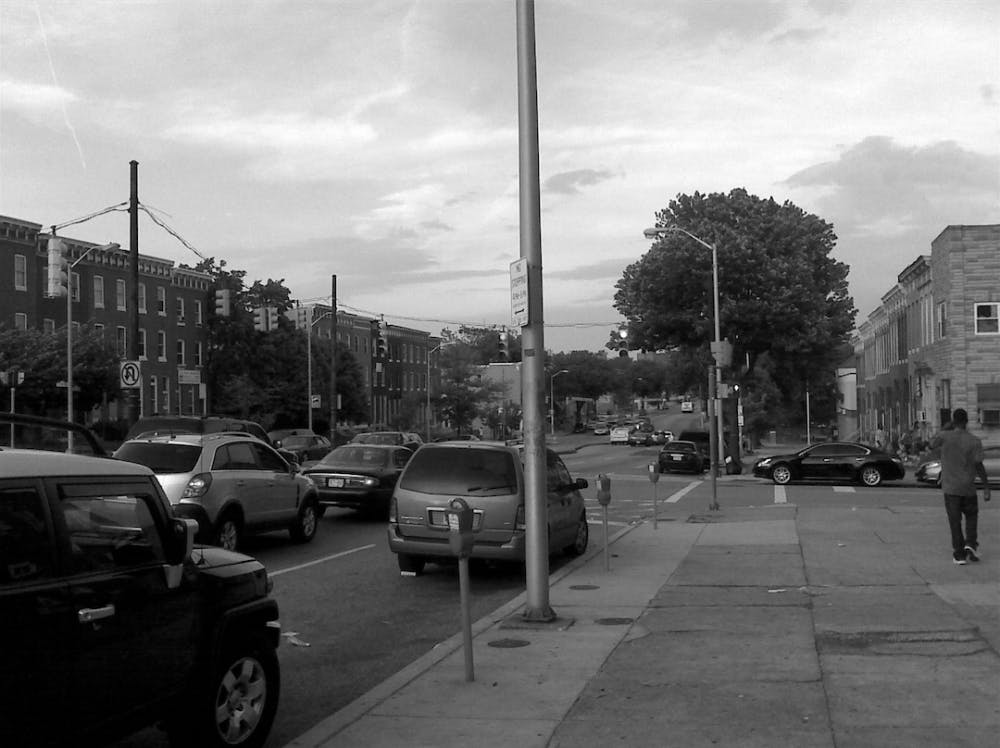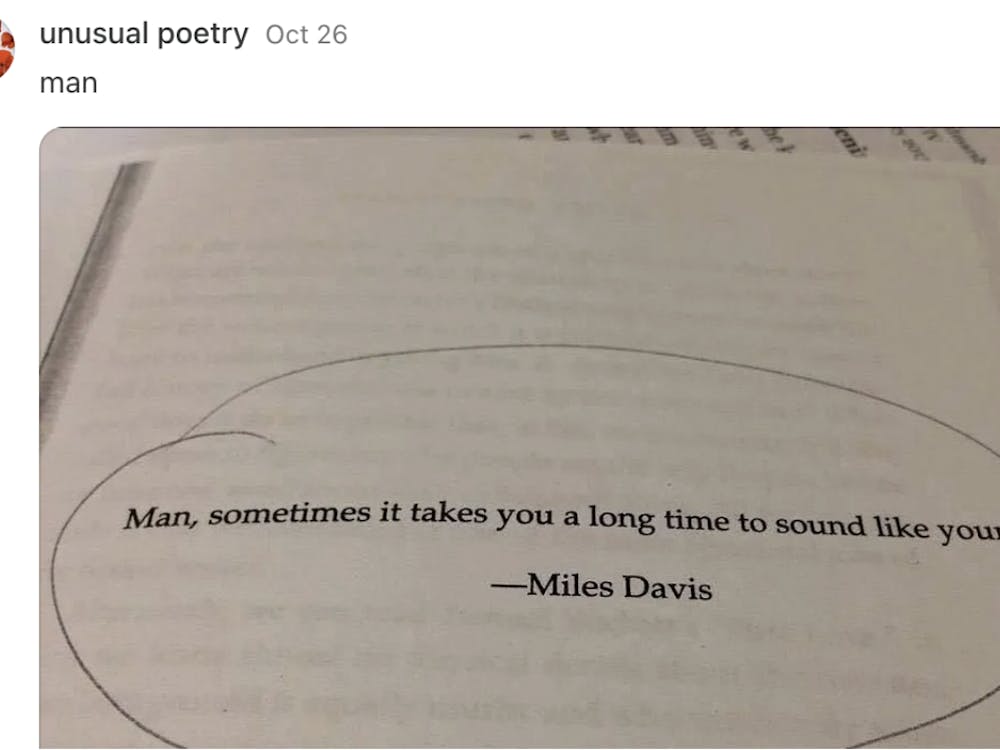No one should graduate with a degree in public health without having at least a basic understanding of how racism impacts health disparities.
And yet, at Hopkins, it is excruciatingly easy to do so. In a couple weeks, over 200 students will graduate with a public health degree, and many will have gone their entire undergraduate career without taking a single class focused on race.
At its core, public health is about promoting and protecting the health of communities. When looking at the health of communities, one must look at the disparities in health outcomes that exist amongst different residents.
Public health professionals generally agree that racial health disparities are a major issue, and many are looking for ways to combat these disparities. Statistics from renowned organizations like the Center for Disease Control, the National Institute of Health, the World Health Organization and more show that on average, white residents tend to live longer and have greater access to better health services than black residents.
Almost every public health major on campus understands that racial health disparities exist. Most just don’t know why. Talk with a typical student studying public health and they will be able to point out the stark differences in life expectancy that exist between Baltimore neighborhoods just miles apart. They would be familiar with the fact that residents in white neighborhoods like Roland Park are expected to live 84 years, while residents in black neighborhoods like Greenmount East are only expected to live until 66.
Ask them why these health disparities exist, and they would likely point to the difference in access to essential resources like healthy food and good schools. But if you ask why again, questioning how long these disparities have existed and why some neighborhoods have had continuously better access to these resources than others, you are likely to be met with surprise or confusion.
This is not necessarily their fault. Public health courses at Hopkins might touch on racial health disparities, but they rarely focus on them. And when race is discussed, racism is often left out.
The Public Health Studies website states the program’s “mission broadly focuses on the prevention of illness, disease, and health care inequalities.” However, none of the core competencies center on inequality. The “Requirements” section of the website explains “PHS majors take five public health core requirements in epidemiology, environmental health, health policy and management, social and behavioral aspects of public health, and biostatistics.”
Each of these requirements has an individual, specific class except for the social and behavioral aspects of public health. Four options are given, with two focusing more on the social side and two focusing more on the behavioral side. Only one of these classes focuses on race and racial health disparities. This is a 9 a.m. course titled “Cultural Factor of Public Health.”
The majority of students choose to take one of the other three choices. This means the majority of students in the program will never take a public health class that focuses on racism or on analyzing why health disparities exist.
Though the learning objectives and core competencies indicate a lack of prioritization of health equity, other Hopkins entities like the Johns Hopkins Urban Health Institute (UHI) have clearly stated the importance of learning about and combatting racial health disparities. UHI was established in 2010 by the president of the University at the time, William Brody, to serve “as an interface between Johns Hopkins and the Baltimore community.”
The UHI has also released reports advocating the need for a greater focus on racism in the field of public health. In one report, UHI stated “It has been well documented that there are racial and ethnic disparities in health, leading some to erroneously conclude that race is the explanation for health disparities. Rather, the inequalities stem from differences in income, power, and control over one’s life.”
There are many types of racism, and the causes and effects are complicated. This is why adding a required, semester-long class that analyzes racial health disparities and the role of justice in the field is crucial to preparing students for the professional public health sphere.
This is not unheard of. The University of Washington recently altered their public health program to include the following as a core learning objective: “Recognize the means by which social inequities and racism, generated by power and privilege, undermine health.” This change was accompanied by an additional course all public health students are required to take: “Ethics, Social Justice & Policy in Public Health.”
Adding a core requirement like the University of Washington did will not make students experts, but it is definitely a start. Preparing students for a career in public health means preparing students to work with diverse populations. It also means preparing students to fight against inequality to work towards the goal of promoting health.
Racism is one of the most powerful, complex barriers keeping us from achieving a fairer, healthier society. If students do not learn about the role it has played historically and the role it continues to play, they will be vastly underprepared.
How can students be expected to combat health disparities without fully understanding them?
Jessa Wais is a junior public health major from Baltimore, Md.





